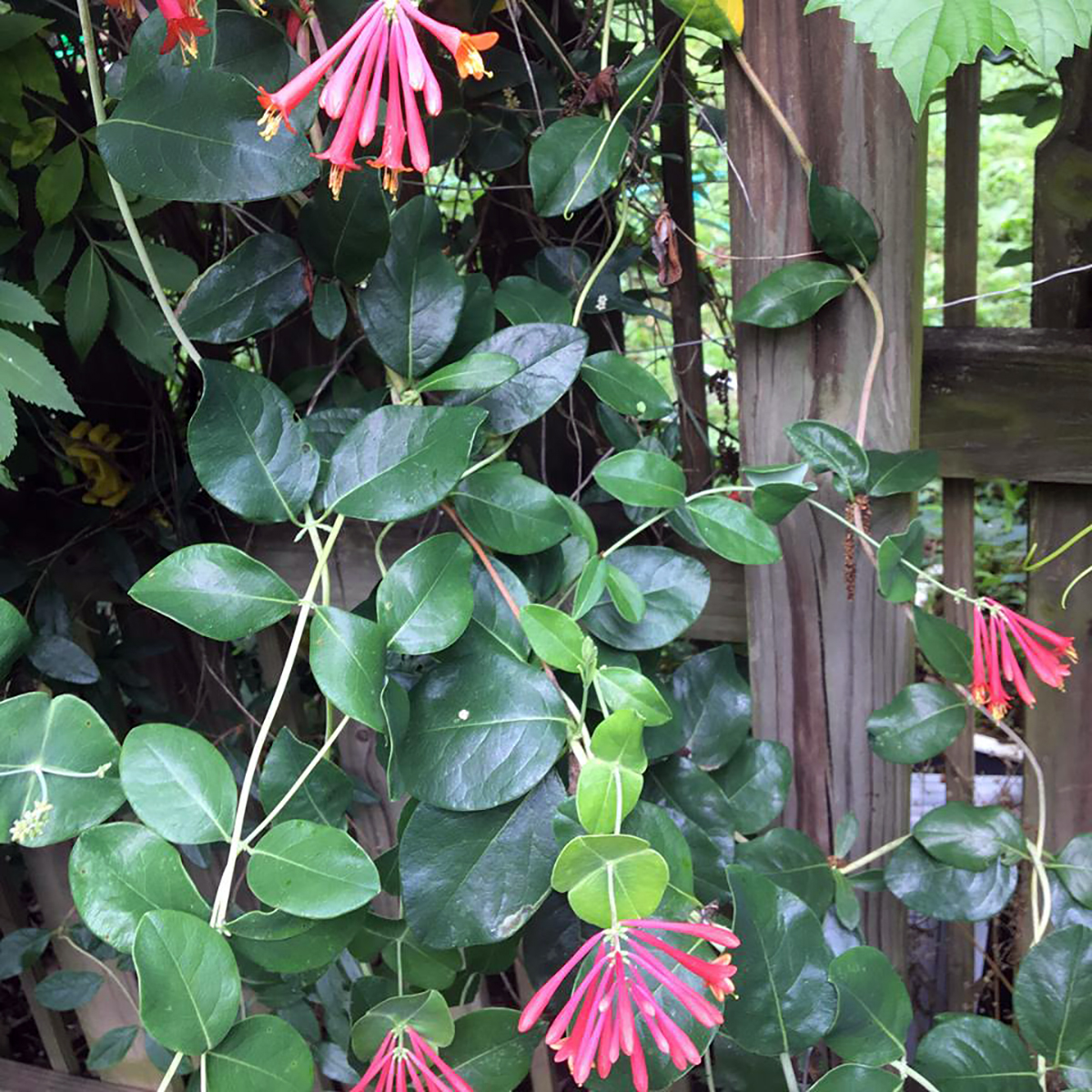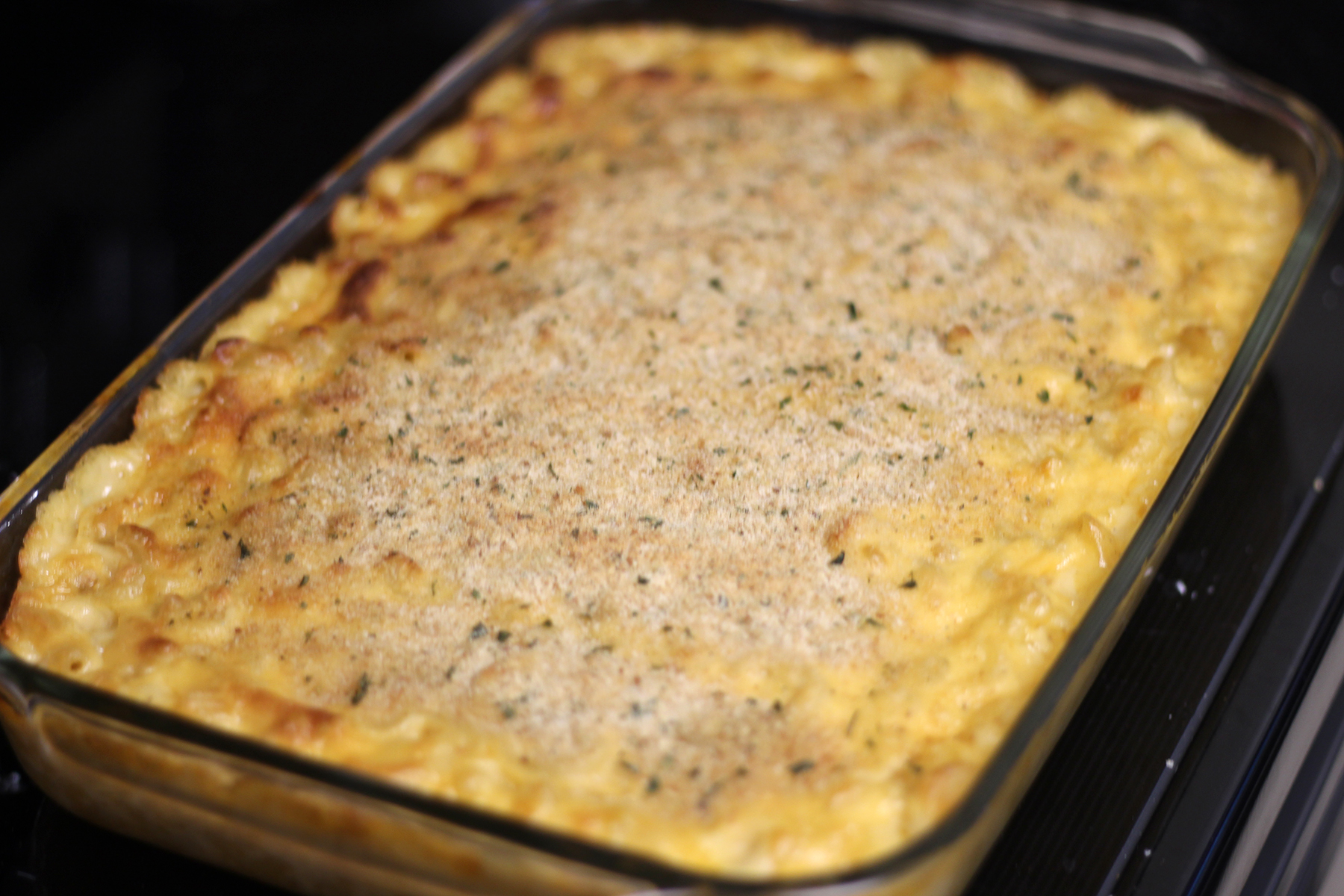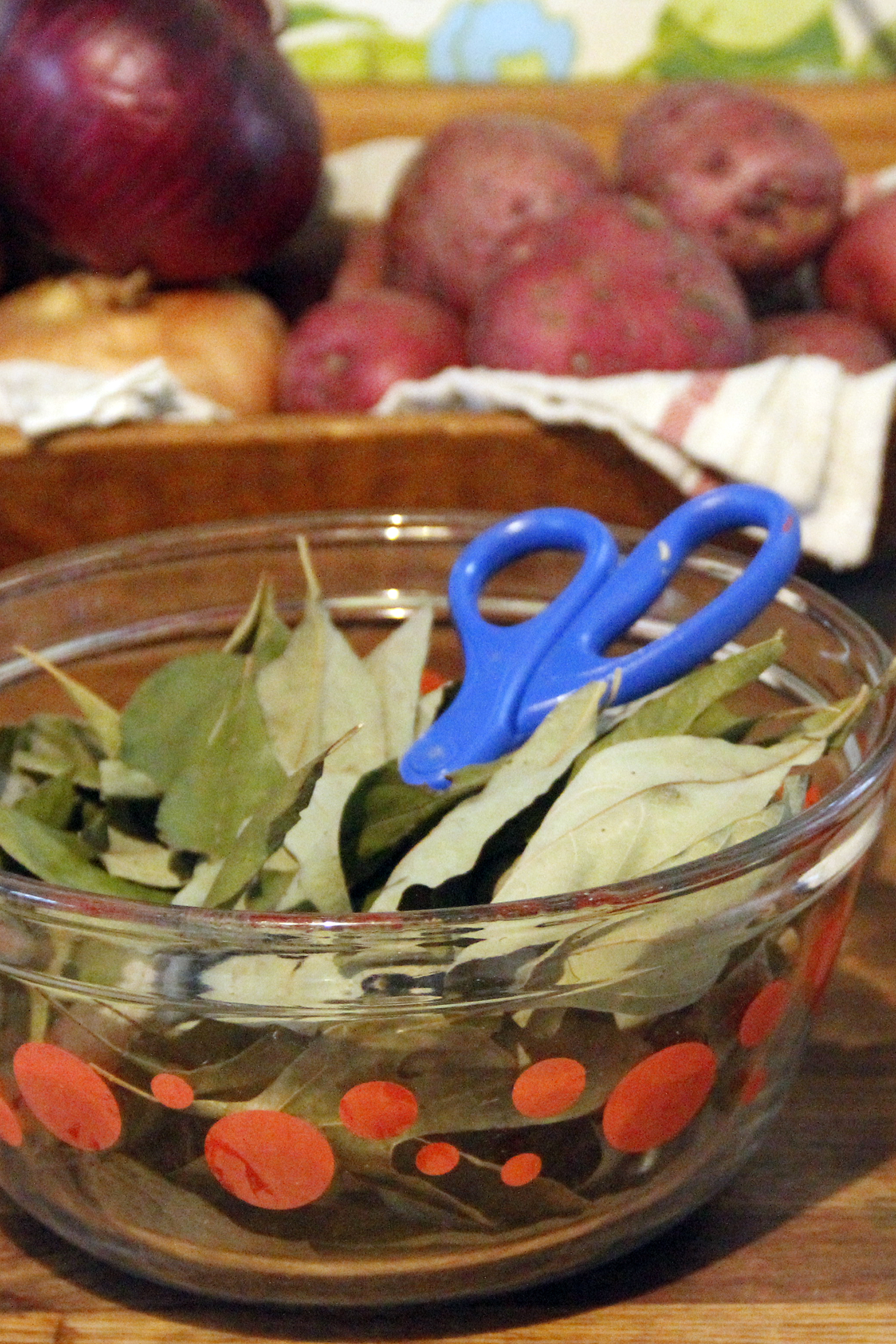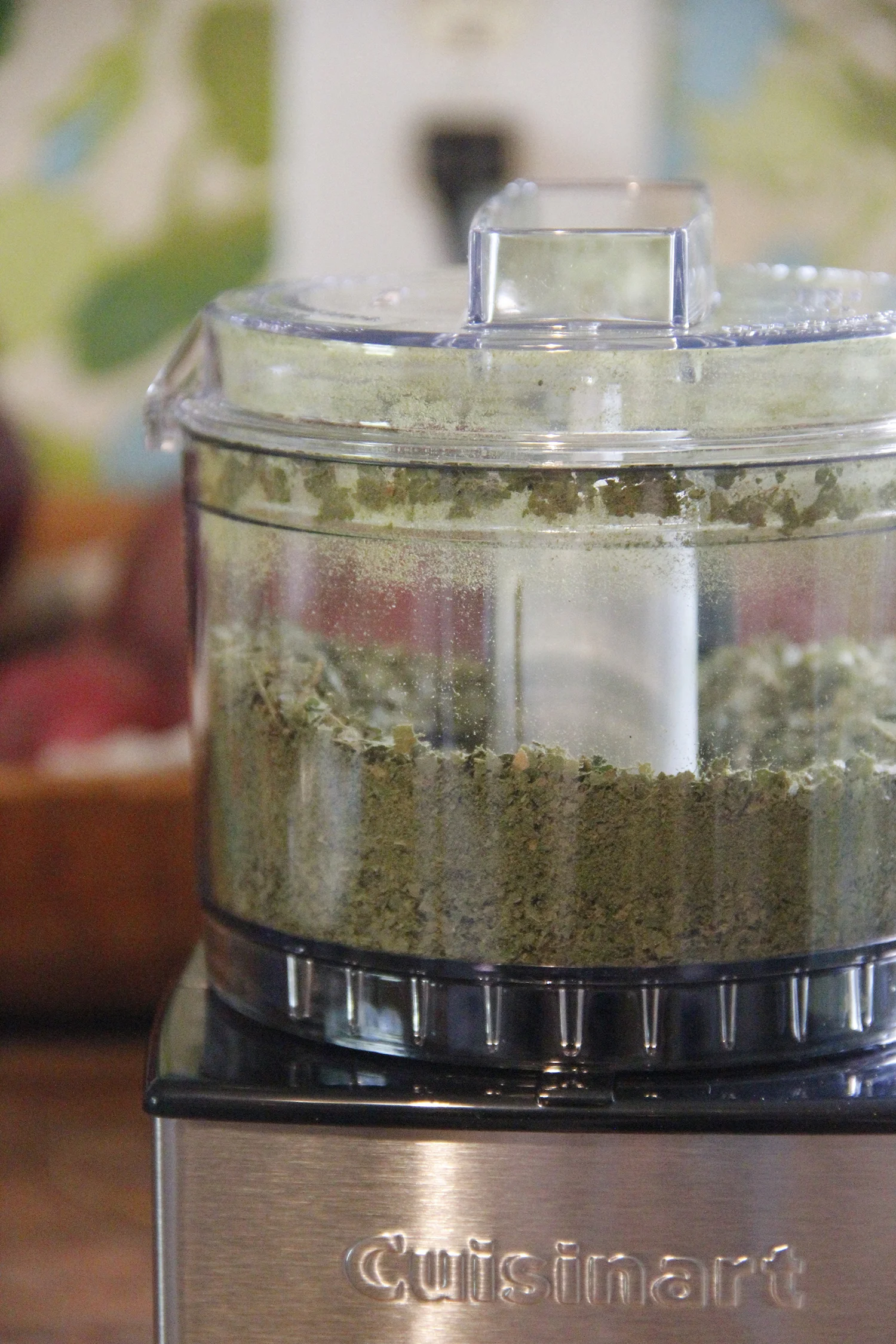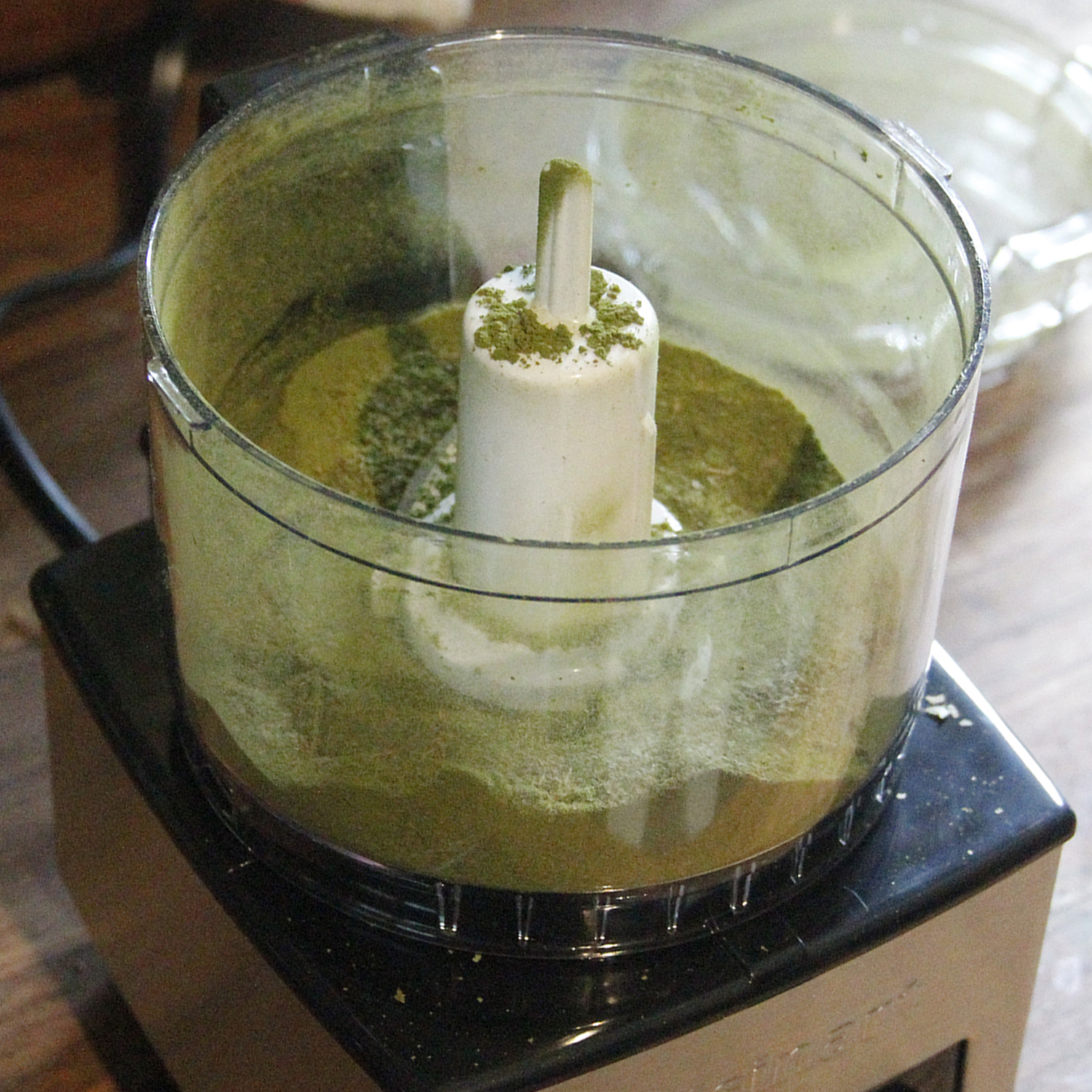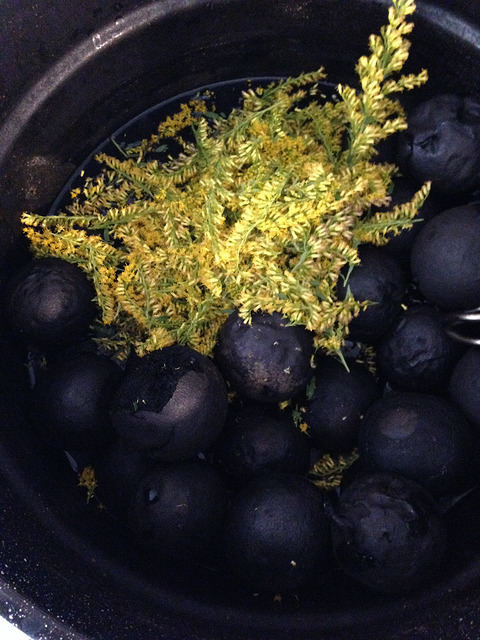Edible flowers are a delicate way to add variety to your palate, and when they’re in abundance and right outside your door, then why not? Eat them fresh on a salad, or make a simple syrup. This is a basic recipe. I tend to use a full cup of flowers per cup of water.
Some quick etiquette for your foraging expedition: don’t take all of what you find, someone else may forage there, too; make sure it’s not an area that’s sprayed with herbicide; if you’re harvesting from a heavily traveled roadside, make sure you’re 30-feet or more from the road.
As always, make sure you know exactly what you’re harvesting.
Chive Blossoms: This one is less “foraging” and more scouring the garden for what’s in bloom. While the other flowers on this list lend a sweeter flavor profile, chive blossoms provide a savory component to the spectrum of edible flowers. Pour white vinegar over a handful of blossoms for a delicious (fuchsia!) salad vinegar, add to savory crepes, sprinkle on a salad—use chive blossoms for a mild hint of onion.
Dandelion: I know, I know, your HOA wants them gone, the bees want them for pollen, and now I’m telling you to eat them. It’s easy to find recipes for this sunny flower—wine, fritters, syrup, and jam. Pickle the buds before they open for a locavore take on capers.
Image via Unsplash
Elderflowers: The large umbels are cheering up roadside ditches everywhere right now. You may have tried the flavor while drinking a St. Germain-based cocktail or in a hot tea. The flowers are considered medicinal by many, and similar in use to the elderberry. Can’t find the time to forage? These you can find dried at the Matthews Farmers’ Market!
Honeysuckle: Invasive honeysuckle is an easy one to identify. Dry some in a dehydrator (or in an oven on the lowest setting with the oven door open) for a tasty tea. One hot cup of honeysuckle tea is a throat-soothing reminder of summer in the dead of winter. Or make a refreshing syrup for homemade sodas and popsicles!
Image via Unsplash
Linden: Blossoms on the linden trees are just starting to appear. As with all flowers, syrup is a popular go-to. Linden (or tilia) is also popular as an evening tea; sit down with a cup when you’re ready to wind down for the day. Another common recipe is to preserve the flowers in honey for a pancake topping. Use the syrup in place of gin for a mocktail twist on the classic gin and tonic.








